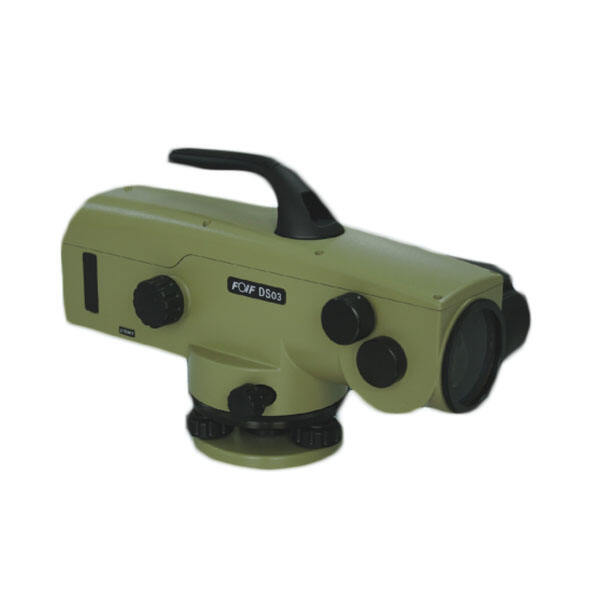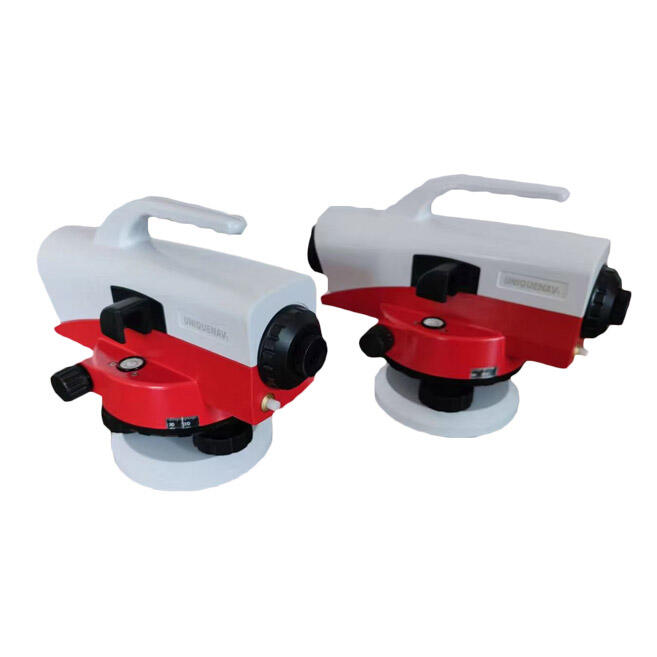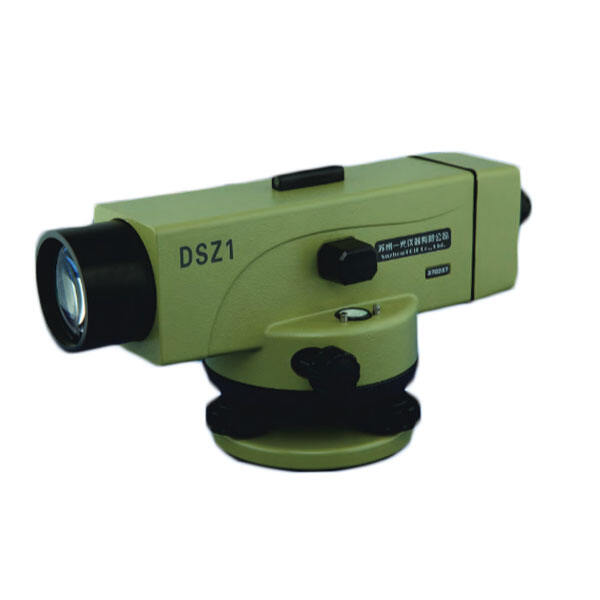auto level in surveying
The auto level, also known as an automatic level or builder's level, represents a crucial advancement in modern surveying technology. This precision instrument combines optical and mechanical components to provide accurate horizontal measurements and elevations across various terrains. At its core, the auto level features a compensator mechanism that automatically adjusts the line of sight to a true horizontal position, regardless of minor instrument misalignment. The device consists of a telescopic sight mounted on a base with leveling screws and a circular bubble level for initial setup. Modern auto levels incorporate high-quality optics with magnification typically ranging from 20x to 32x, enabling clear visibility across substantial distances. The automatic compensator system, usually comprised of pendulum-suspended prisms or mirrors, maintains horizontal accuracy within specified tolerances, typically plus or minus 1.5mm per kilometer of double-run leveling. Auto levels find extensive applications in construction projects, from basic residential foundations to complex infrastructure developments. They excel in tasks such as establishing benchmark elevations, checking grades, setting concrete forms, and ensuring proper drainage slopes. The instrument's durability and weather-resistant design make it suitable for challenging outdoor conditions, while its relatively simple operation makes it accessible to both professional surveyors and construction personnel.


